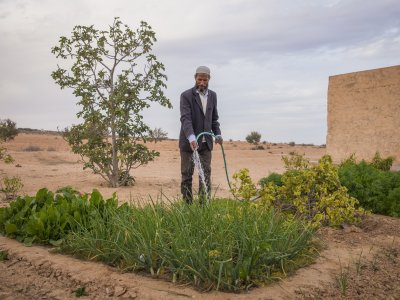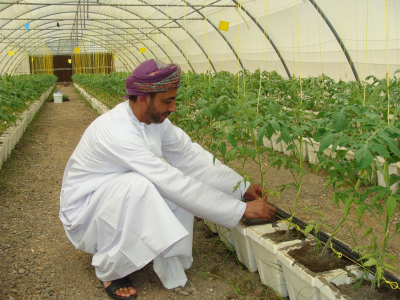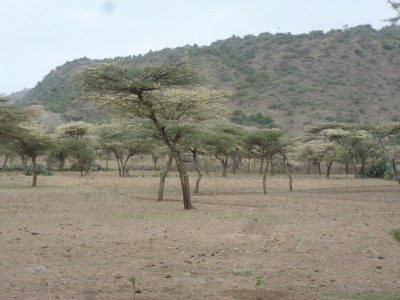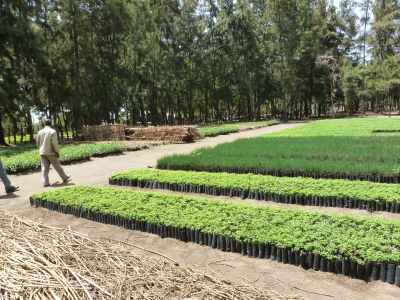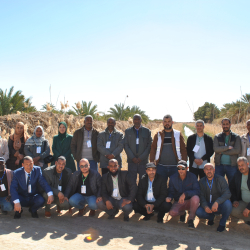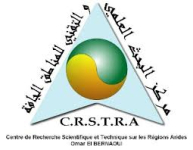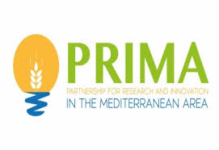Water is extremely scarce across the Mediterranean Region, containing only 3% of global water resources . Furthermore, current patterns of water management have been shifting from a supply-oriented approach to one based on demand causing seasonal mismatch between water sources and demand. Consequently, supply of natural water no longer meets the growing demand, in particular, the agriculture sector accounts for more than 80% of the withdrawal of water in Southern and Eastern Mediterranean countries. Overexploitation of water resources for agriculture is one of the main threats to the water environment, being the major cause of pressure on natural waters and loss of aquatic ecosystems. Besides, women are highly vulnerable in agriculture as they represent 43% of workforce in developing countries and 35% in Europe , but there are underrepresented in decision-making processes. This situation is compounded by increasing climate change (CC) impacts affecting fresh water resources and intensifying seasonal variability, increasing problems in already water-stress areas and potentially generating water-stress in new places.
To address this challenge, along with the adoption of wastewater treatment, reuse and water-use efficiency, the proper management of the water cycle has to be improved , from water catchments, storage to distribution system; both in natural and artificial water bodies. Water quantity challenges are related to seasonal water balance, droughts, erosion, silting, environmental and ecosystem degradation, changes in land use and irrigation water withdrawals. Water quality faces non- treated wastewater releases, run-offs and pollution. Both parameters are correlated and affect both natural and artificial infrastructures (surface and groundwater), as well as upstream and downstream . Water distribution systems are linked to large volumes of water losses due to inappropriate techniques or outdates and inefficient infrastructures, exceeding the net irrigation requirements.
Natural ecosystems play a fundamental role in regulating different features of the water cycle, providing ecosystem services (ES) to regulate, clean and supply water. Therefore, maintaining healthy ecosystems have a direct effect on improving water availability. Specifically, wetlands have a very important role in hydrological processes including groundwater recharge and discharge, flood flow alteration, sediment stabilization and water quality. Since 1900, 64–71% of the natural wetland area worldwide has been lost due to human activity. Nature-based solutions (NbS) can be used to restore these ecosystems or to establish similar functioning ES .
In this way, NbS can provide water-related services, regarding water storage and purification, erosion control, and moderate extreme events, as well as other environmental, social and economic water-dependent ES, addressing water security, water resources management challenges, in addition to the Sustainable Development Goals (SDGs) and their targets. On the one hand, natural infrastructures can be more sustainable and cost-effective than traditional grey infrastructures, providing the climate resiliency and level of services required to face environmental threats. On the other hand, grey infrastructures are embedded within watershed or coastal ecosystems, and depends on their hydrological and environmental attributes. Therefore, developing a nature-based approach to improve the efficiency of existing natural and grey infrastructures can produce a more sustainable and optimized response. This is the case of integrating NbS in grey infrastructures, which can complement and potentially enhance the benefits of such infrastructure, reducing costs and improving its climate resilience and system performance . Despite the evidence that natural and grey infrastructure can be combined to provide better services, there are challenges related to the lack of tools and approaches to determine the right combination of NbS and grey infrastructures and how to integrate them .
NATMed will foster this new approach of integrated water management developing Full Water-Cycle – NbS (FWC-NbS), focused on improving water storage and distribution infrastructures through ES provision to impact in the entire hydrological process, following circular economy perspectives. This concept is based on the potential of stablishing relations between NbS to work jointly in existing infrastructures, both natural water bodies and grey infrastructures, with the aim to increase the impact related to NbS in the water cycle and water balance.
The entire project will be developed following the EU Strategy on Adaptation to Climate Change , Global Water Partnership-Mediterranean (GWP-Med) , the Integrated water resources management (IWRM) and the Union for the Mediterranean Agenda (UfM Agenda) approaches. The Nationally Determined Contribution (NDC), setting out mitigation and adaptation national plans required by Paris Agreement, will be also considered under the NDC submitted for the EU on behalf of all member states (2020) and the Algerian and Turkey own NDC (2016 and 2021).
